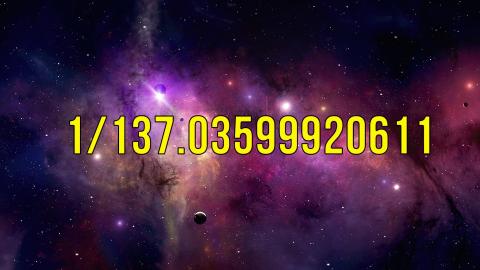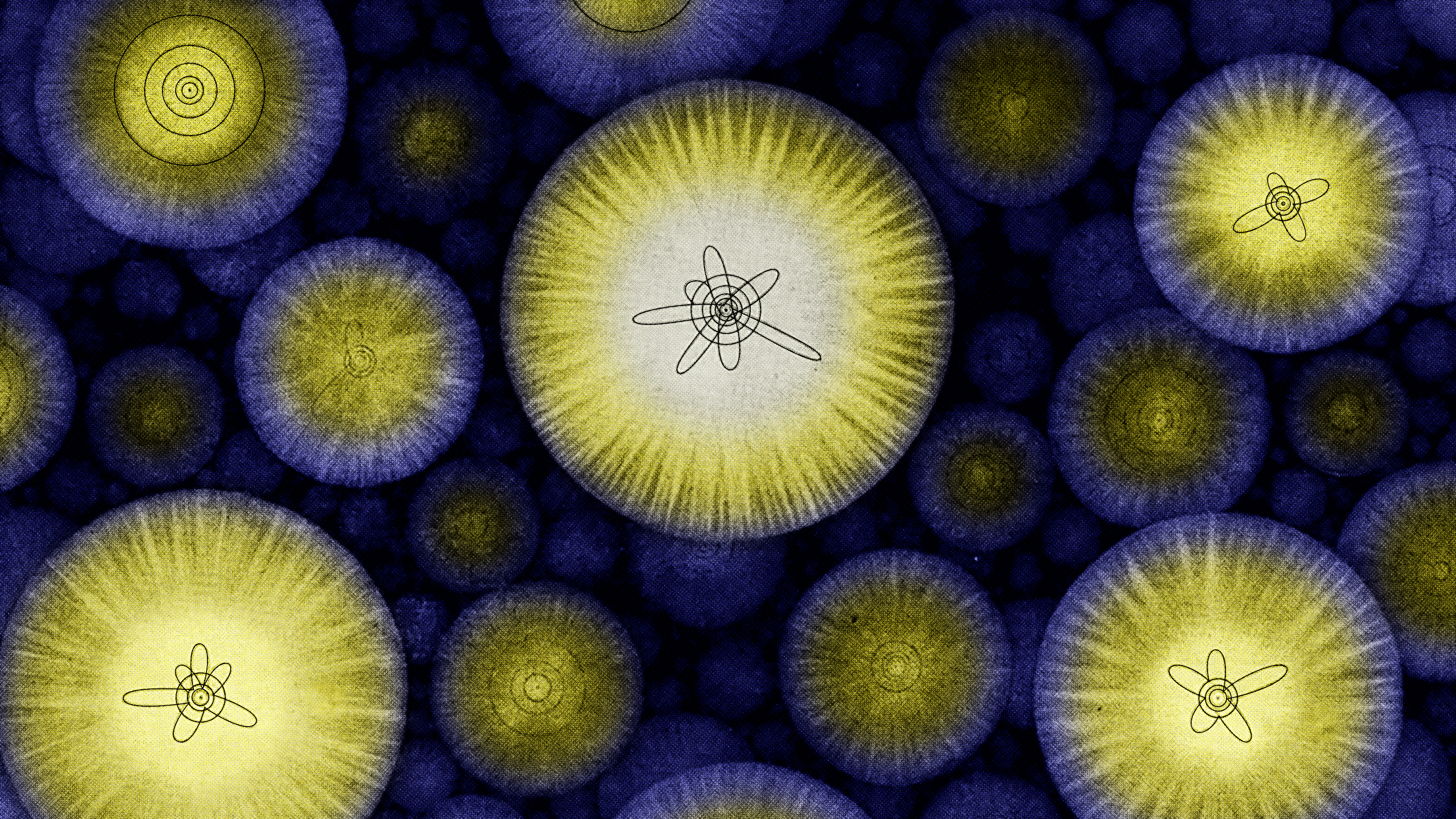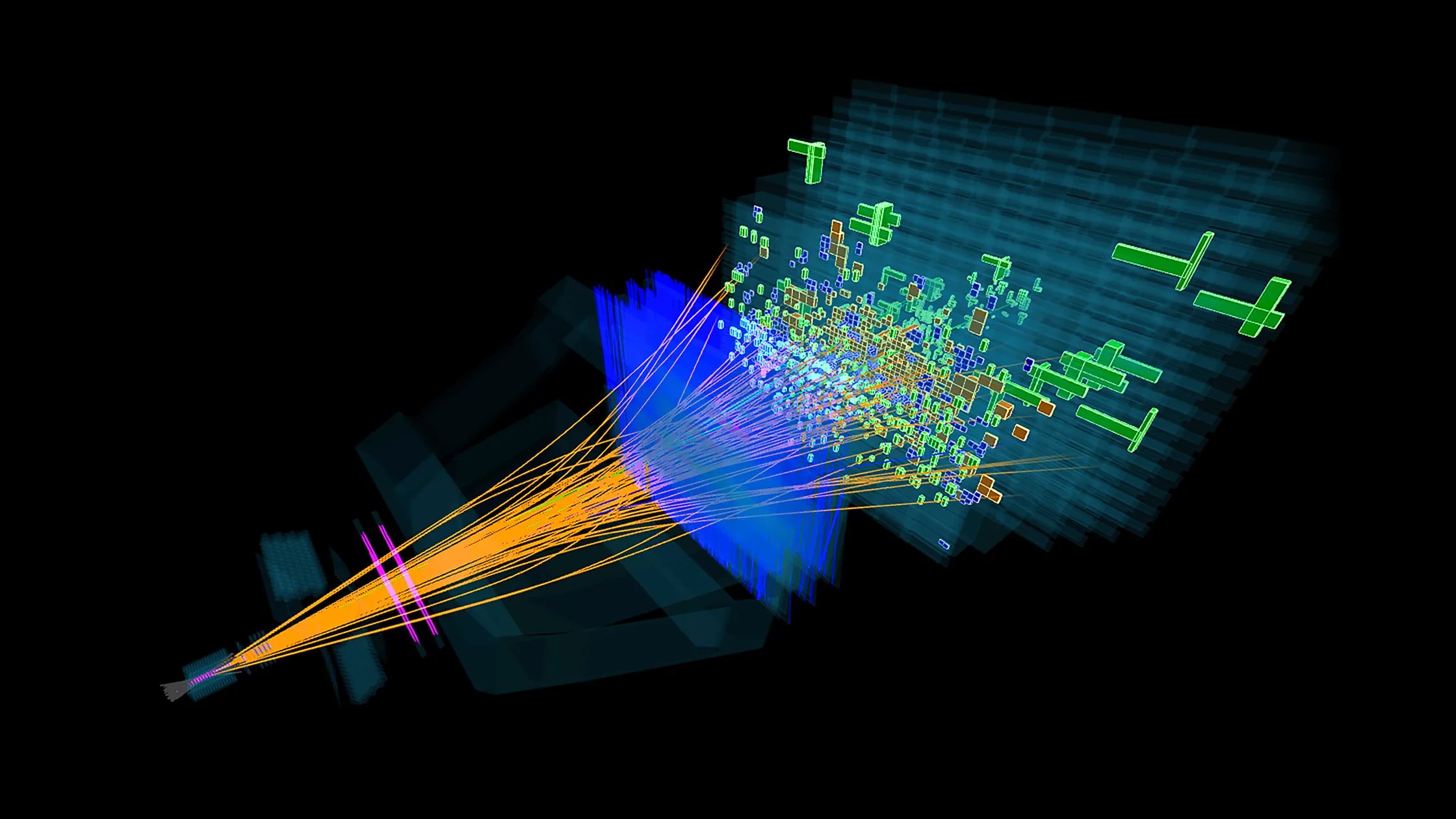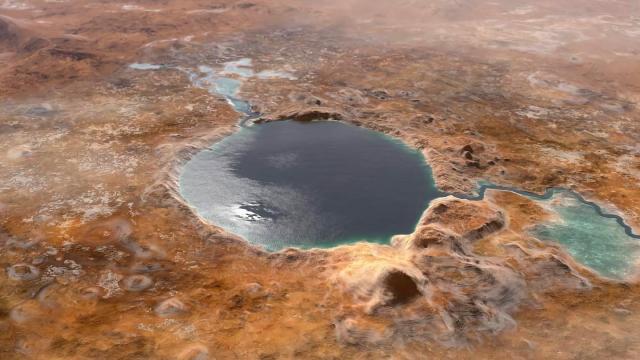Scientists find the “magic number” that links forces of the universe

Credit: Adobe Stock / Big Think
- A team of physicists carried out experiments to determine the precise value of the fine-structure constant.
- This pure number describes the strength of the electromagnetic forces between elementary particles.
- The scientists improved the accuracy of this measurement by 2.5 times.
Physicists determined with tremendous accuracy the value of what’s been called “a magic number” and considered one of the greatest mysteries in physics by famed scientists like Richard Feynman. The fine-structure constant (denoted by the Greek α for “alpha”) shows the strength of the electromagnetic forces between elementary particles like electrons and protons and is utilized in formulas pertaining to matter and light.
This pure number, with no units and dimensions, is key to the workings of the standard model of physics. Scientists were able to improve its precision 2.5 times or 81 parts per trillion (p.p.t.), determining the value of the constant to be α = 1/137.03599920611 (with the last two digits still being uncertain).
As the researchers write in their paper, pinpointing the fine-structure constant with remarkable exactitude is not just a complex undertaking but holds crucial importance “because discrepancies between standard-model predictions and experimental observations may provide evidence of new physics.” Getting a very precise value for a fundamental constant can help make more accurate predictions and open up new paths and particles, as physicists look to reconcile their science with the fact that they still don’t fully understand dark matter, dark energy, and the discrepancy between the amounts of matter and antimatter.
The fine-structure constant, first introduced in 1916, describes the strength of the electromagnetic interaction between light and charged elementary particles, like electrons and muons. Confirming the constant with such accuracy further cements the calculations at the basis of the standard model of physics. Other conclusions also stem from this knowledge, like the fact that an electron has no substructure and is indeed an elementary particle. If it could be broken down any further, it would exhibit a magnetic moment that would not conform to what was observed.
In an interview with Quanta Magazine, Nobel-Prize-winning physicist Eric Cornell (who was not involved in the study), explained that there are ratios of bigger objects to smaller ones that show up in “the physics of low-energy matter — atoms, molecules, chemistry, biology.” And amazingly, “those ratios tend to be powers of the fine-structure constant,” he added.

The process for measuring the fine-structure constant involved a beam of light from a laser that caused an atom to recoil. The red and blue colors indicate the light wave’s peaks and troughs, respectively. Credit: Nature
For the new measurement, the team of four physicists led by Saïda Guellati-Khélifa at the Kastler Brossel Laboratory in Paris, used the technique of matter-wave interferometry. This approach involves superimposing electromagnetic waves to cause an interference pattern, which is then studied for new information. In the particular experiment to obtain the new fine-structure constant value, the scientists directed a laser beam at super-cooled rubidium atoms to make them recoil while absorbing and emitting photons. By measuring the kinetic energy of the recoil, the scientists deduced the atom’s mass, which was then used to figure out the electron’s mass. The constant α was found in the next step, taken from the electron’s mass and the binding energy of a hydrogen atom, which was arrived at by spectroscopy.
Check out the new paper published in the journal Nature.





